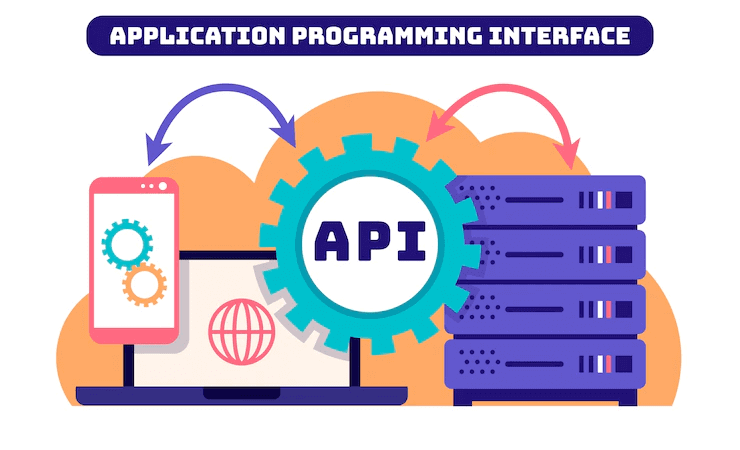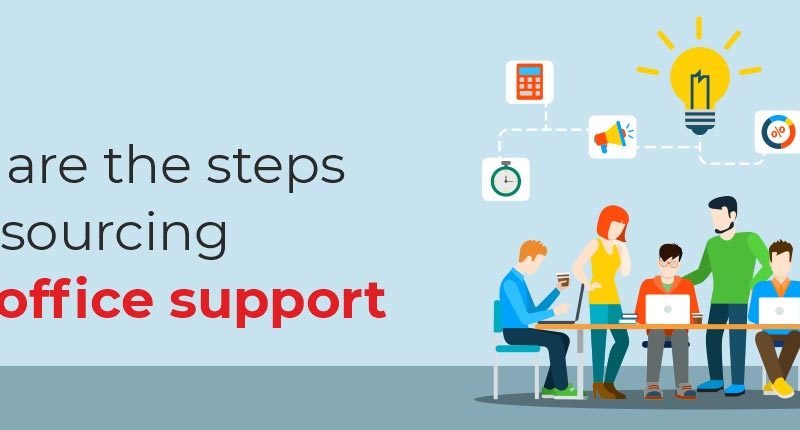What are low-code and no-code development platforms?

low-code or no-code development platform is an integrated visual development environment that enables citizen developers to drag and drop application components, connect them, and build a mobile or web application.
This modular approach enables professional developers to create applications faster by relieving them of the need to write line by line of code.
Low-code and no-code platforms also allow business analysts, office administrators, small business owners, and other non-software developers to build and test applications, because they free up application creators from having to know something. on traditional programming languages, machine code or the development work that involves building the configurable components of the platform. All the citizen developer sees is an easy-to-use graphical user interface (GUI) that allows third-party application program interfaces (APIs) and components to connect and test. Modules can be reorganized and repeatedly tested until the application works as expected.
The growth of low-code and no-code platforms has proliferated due to the lack of qualified software developers and the need to improve response time for development projects so that business problems can be resolved quickly.
Analysts at Forrester Research Inc. forecast the low-code market to reach $ 15 billion by 2020.
And Gartner, another research firm, estimated that low-code application development will account for 65% of all application development activity by 2024.
How does it work?
In conventional software development, programmers write lines of code to create the desired functionality and capabilities in a computer program or application. This process requires programmers to have a thorough understanding of computer languages, as well as development environments, deployment processes, and testing protocols.
Low-code and no-code platforms encapsulate all the work behind the scenes and instead provide platform users with visual tools that they can easily manipulate to create applications quickly.
Platforms often feature reusable components and drag-and-drop tools that represent particular steps or capabilities that a user can link onto the platform to create the desired computerized workflow. And these platforms generally have features that allow you to experiment, prototype, test, and deploy.
Simply put, these platforms allow users to build applications as if they were writing a flowchart rather than writing code line by line for each desired function and capability. Users drag and drop visual blocks (containing the actual code) onto a flowchart to create applications.
Given the way these low-code and no-code platforms work, this type of application development work is sometimes called click development or point-and-click development.
Evolution of low-code / no-code tools
Low-code or no-code platforms come from earlier Rapid Application Development (RAD) tools , such as Excel, Lotus Notes, and Microsoft Access, which also put some development capabilities in the hands of business users (i.e., non-professionals). of you).
However, those earlier tools required users to have a deep understanding of business applications and their development environments to build capabilities. By contrast, low-code and no-code options, with their drag-and-drop capabilities, require users to have little or no knowledge of tools or development in general.
Furthermore, development with RAD tools generally produced capabilities used by the individual who created the functionality, or by a limited number of users associated with the creator (usually a workgroup or business unit). Applications produced using low-code and no-code platforms, on the other hand, are robust enough to be used across multiple departments, by multiple departments, the entire company, and even external users, such as customers and business partners.
What’s the difference between low-code and no-code development platforms?
The line between no code and low code is not always clear. In fact, many technology product analysts view no-code code as part of the low-code market, pointing out that even the strongest platforms require some level of coding for parts of the application development and deployment process. Many applications built with these platforms, for example, require a bit of coding to integrate with other applications or for the desired customization.
In light of such facts, Forrester wrote in a 2019 blog : “The term ‘low code’ recognizes this reality, which is why we selected it for this category of development platforms in 2014. We treat ‘no code’ as a wonderful result of software delivery when it occurs, but we do not advise to use it in all application projects. “
Even so, the market still distinguishes between low-code and no-code platforms, with much of the distinction being driven by the vendors themselves as they position their products for different user groups.
Generally speaking, no-code platforms are a specialized type of low-code cloud platform in which the required visual components address specific industry functions, a specific line of business, or support the corporate brand of a specific company. . Low-code platforms, on the other hand, may require the help of in-house developers to make minor changes to the background code to make the new application compatible with other commercial software.
The no-code platforms are aimed at citizen developers (non-IT professionals working in the various business functions with little or no coding experience or programming language skills) who want or need to build applications. Because no-code platforms require almost no actual coding, these citizen developers can easily and quickly build, test, and deploy their business applications (as long as they present the basic functions and capabilities provided by these no-code platforms).
True to its name, low-code platforms require users to do some level of coding, albeit much less than what a conventional development team environment requires. Non-technical business users can use low-code platforms to develop applications for a variety of uses. Professional programmers and developers also use low-code platforms to help them deliver applications more quickly to their organizations and to move their work away from commodity programming tasks, towards programming work that is more unique and complex and that, as such, it can have a greater impact on the organization and therefore deliver more value when implemented.
There are also some distinctions about where and how the no-code and low-code platforms are used. No-code platforms are generally used to create tactical applications and point solutions to handle simpler functions. Low-code platforms can also be used in those cases, but are often preferred over no-code platforms to handle the creation of applications that run mission-critical processes or are part of an organization’s core systems.
Profits
The rise of low-code and no-code platforms has brought several significant benefits to the organizations that use them.
First, these platforms accelerate application development and delivery, a critical element in the digital age where organizations must move quickly to meet the demands of workers and customers or be interrupted by others who do it first.
These platforms also put more problem-solving capabilities in the hands of non-IT professionals, so everyday workers can more quickly and easily create business applications to help them get their jobs done.
These platforms also help professional developers by freeing them from the more mundane programming activities. Development teams can use these platforms to quickly build applications for core functions and then spend more time fine-tuning them to deliver even more value or spend more time developing custom applications that provide differentiating value for their organizations.
Challenges
Although many organizations have embraced these platforms to rapidly develop new business applications, they have also had to grapple with the problems and challenges these platforms create.
Due to the ease and low cost of these tools, organizational leaders can, and often do, lose track of what their employees are building. That lack of visibility could mean that there is no monitoring of data that is inappropriately generated, used, or even exposed in applications.
Another potential challenge is managing, maintaining, and scaling these applications, as well as the potential to scale infrastructure and storage costs associated with the proliferation of development activity that these platforms enable.
Additionally, organizations may find that citizen developers or even their own professional development teams try to use these tools for overly complex tasks only to discover, after spending time, that the tasks are not suitable for low-code and no-code platforms: A process that could represent a significant waste of resources for many organizations.
Such challenges are in addition to the already significant IT, business, and data governance requirements faced by organization leaders.
Uses of low-code or no-code development platforms
Low-code and no-code development platforms can be used to build applications in various areas, as long as the applications do not require advanced customization and / or do not have complex programming requirements.
These platforms can be used to develop applications aimed at operational efficiency, such as computerization of manual and paper processes. They can also be used to modernize legacy systems, thus helping organizations advance their digital transformations, advance their migration to the cloud, or support their use of newer innovative technologies such as the Internet of Things (IoT) and artificial intelligence ( IA).
Furthermore, these platforms can be used to create business applications used by workers, as well as applications used by business partners; they can also be used to create customer interaction applications.
Low-code development platform providers
Dozens of mainstream and niche software vendors offer low-code or no-code platforms, many of which are cloud-based. Gartner ranked nearly 20 in its 2019 Magic Quadrant for Low-Code Enterprise Application Platforms.
Some of the more common low-code platform providers are Appian, DWKit, Kissflow, Mendix, OutSystems, and Salesforce.
Other vendors include Kony, whose products and platforms include Kony Quantum for low-code application development and Kony DBX for banking and financial services.
Force.com enables developers and non-technical users to create applications and websites and rapidly deploy them to Force.com’s multi-tenant servers.
Claris (formerly known as FileMaker) enables developers and non-technical users to quickly add web database publishing capabilities to their company website or intranet with a single click.
Microsoft Power Apps enables developers and non-technical users to create mobile apps from selectable templates without having to know the code.
No-code development platform providers
Vendors offering no-code development platforms include Airtable, AppSheet, Betty Blocks, and Nintex, as well as Microsoft Power Apps, Salesforce, and others known in the low-code platform market.
G2, the online technology marketplace, offered an extensive list of no-code platforms for business use in 2019






